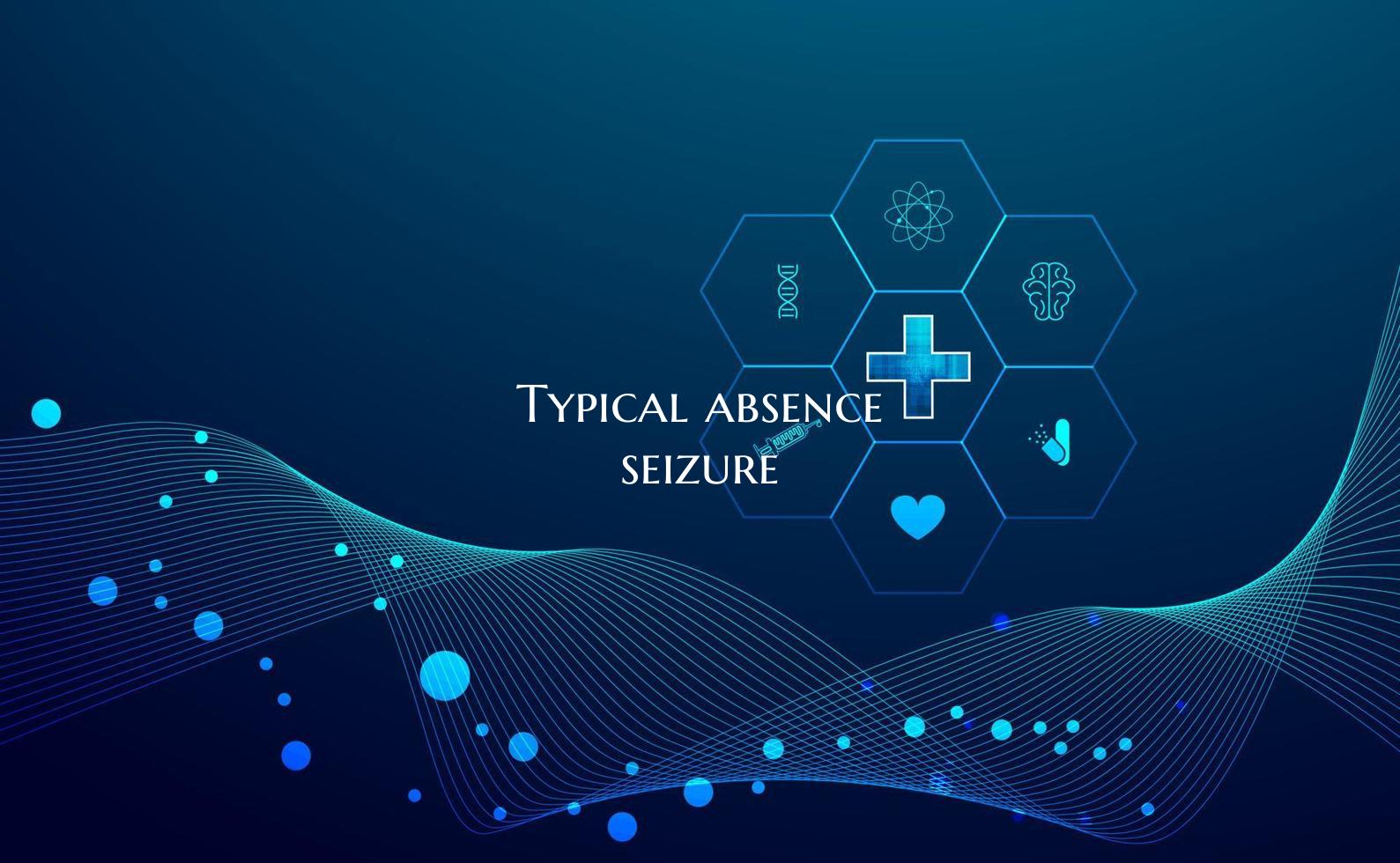
Typical absence seizure
A typical absence seizure, also known as an absence seizure or petit mal seizure, is a type of generalized seizure that is common in children but can also occur in adults. It is characterized by a brief loss of awareness or responsiveness, often lasting for around 10 to 30 seconds.
During a typical absence seizure, a person may appear to be staring blankly into space, with a slight fluttering of the eyelids or facial muscles. They may also exhibit repetitive movements such as lip-smacking, picking at clothes, or fumbling with objects.
These seizures are believed to be caused by abnormal electrical activity in the brain, leading to a temporary disruption in consciousness. While they may seem mild compared to other types of seizures, they can be concerning as they can occur frequently throughout the day, affecting a person's ability to learn, work, or drive.
Diagnosis of typical absence seizures usually involves a thorough medical history, physical examination, and EEG (electroencephalogram) to monitor brain activity. Treatment options may include antiseizure medications such as ethosuximide, valproic acid, or lamotrigine, which can help control or reduce the frequency of seizures.
It is important for individuals experiencing typical absence seizures to work closely with healthcare providers to manage their condition effectively and maintain a good quality of life. Regular monitoring, medication adjustments, and lifestyle modifications may all play a role in managing and reducing the impact of these seizures.